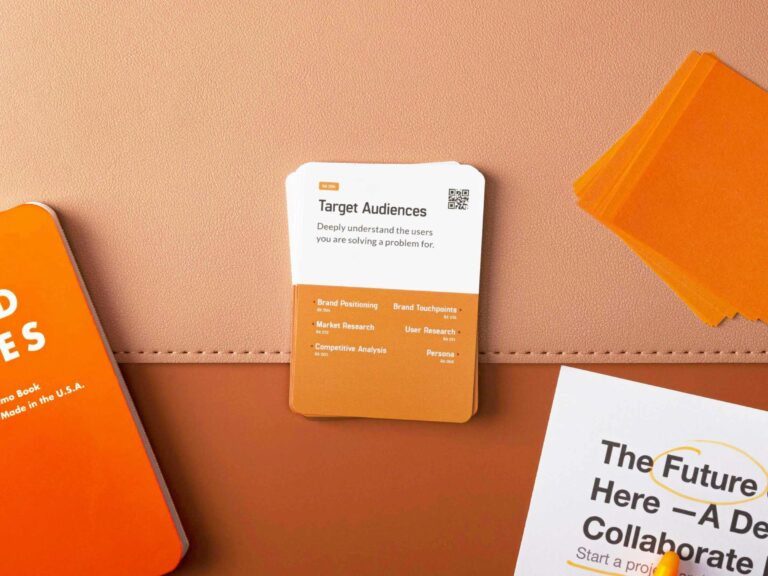Introduction: Why Your Manufacturer Can Make or Break You
Choosing the right manufacturer is one of the most critical decisions a brand can make—especially in the consumer goods space. From skincare to kitchenware, the success of your product hinges on the reliability, quality, and compliance of the people who make it. Yet, too many founders jump into production without proper due diligence, often sacrificing long-term brand trust for short-term cost savings.
In this blog, we’ll walk you through 7 essential steps to evaluate manufacturers, highlight common red flags, and share real-world brand stories that demonstrate what works—and what doesn’t.
1. Define What “Right Manufacturer” Means for Your Brand
Before you start browsing supplier directories or contacting factories, take a step back. What exactly do you need in a manufacturer?
- Are you prioritizing cost efficiency, quality control, speed to market, or certification compliance?
- Will you need custom formulations or molds, or are you opting for white/private label production?
- What MOQs (Minimum Order Quantities) can you realistically support?
Creating a detailed Manufacturer Requirement Brief will save you time and help you filter candidates faster. This document should include everything from material preferences and packaging expectations to lead times, sustainability goals, and regulatory needs.
2. Search with Focus – Go Beyond Alibaba
Many product entrepreneurs start with platforms like Alibaba, Global Sources, or IndiaMART. These platforms are great for discovery, but they’re not vetting tools. Once you’ve shortlisted potential suppliers, the real work begins.
For higher accuracy:
- Ask your network for referrals.
- Use local sourcing agents or firms with boots on the ground.
- Check if potential suppliers have worked with well-known brands or export certifications (like ISO 9001, GMP, FDA, etc.).
Pro tip: A factory with 30+ product categories might be more of a trading company than a real manufacturer.
3. Ask the Right Questions (And Insist on Proof)
Your initial outreach should be professional and detailed. Don’t be afraid to ask for:
- Factory license and certifications (ISO, Sedex, BSCI, FDA, etc.)
- Export history and primary markets
- Production capacity and lead times
- Quality control processes
- Ownership of molds/formulations/IP
Red flag: If answers are vague or delayed, consider it a warning sign. A genuine manufacturer will be proud to share proof.
4. Conduct Factory Audits or On-Site Visits
If you’re placing a large order or committing to a long-term partnership, a factory audit or in-person factory visit is a must. These site visits provide a firsthand view of:
- Actual production facilities and equipment
- Workforce conditions and operational flow
- Cleanliness, safety, and environmental practices
- Hidden subcontracting activities (often undisclosed in calls or emails)
A factory tour gives you clarity that no brochure or product sample ever can. You’ll be able to validate whether the factory truly owns the manufacturing process or is simply a middleman outsourcing production.
If you can’t visit personally, consider hiring a local sourcing agent or audit firm to conduct the tour on your behalf. At Sourcetera, we also offer Factory Visit & Audit Packages as part of our sourcing solutions, covering up to five shortlisted suppliers per product category.
5. Start Small: Sample, Test & Validate
No matter how promising a manufacturer seems, never skip sampling. A solid sampling process includes:
- Multiple rounds (especially for custom products)
- Clear documentation (with material composition, dimensions, etc.)
- Performance testing (especially for regulated goods like skincare or electronics)
If possible, run a pilot production batch to test both product performance and operational capability. During this time, evaluate:
- Responsiveness
- Timeliness
- Willingness to make adjustments
Success story: A UK-based baby skincare brand working with us avoided a major setback after lab tests revealed heavy metal traces in a supplier’s sample. Early sampling saved them from reputational damage.
6. Set Terms in Writing—Crystal Clear
Once you’ve selected a manufacturer, formalize the relationship with:
- NDA (Non-Disclosure Agreement)
- SOW (Scope of Work)
- Purchase Agreement with delivery timelines, penalties, and warranty clauses
- Intellectual property protection clauses
- Clear payment terms (including split percentages like 30/70 or 50/50)
Red flag: If a manufacturer refuses to sign agreements or pushes for full payment upfront, walk away.
7. Monitor and Build Relationships Over Time
Choosing a manufacturer isn’t a one-time decision—it’s a partnership. Ongoing success requires:
- Frequent communication
- Clear escalation paths
- Regular quality audits
- Shared planning calendars for forecasts and delivery
Technology can be your ally here. Use tools like live project trackers, shared dashboards, or third-party logistics integrations to streamline communications.
Brand example: A growing wellness company used Sourcetera’s end-to-end sourcing model to scale from 1,000 to 20,000 units/month across 3 SKUs, thanks to tight coordination and quarterly factory visits.
Common Red Flags to Watch Out For
- Too-good-to-be-true pricing
- Inconsistent documentation or missing certifications
- Poor communication during sampling
- Pushback on quality checks or audits
- Frequent delays and last-minute changes
- Lack of clarity on who owns the molds, tools, or IP
These signals often indicate future headaches—and in many cases, expensive rework.
Final Thoughts: Choose Smart, Scale Confidently
Finding the right manufacturer isn’t just about price. It’s about building trust, accountability, and long-term value. With a solid vetting process, defined documentation, and the right partner ecosystem, you can confidently bring your product from concept to cart—without compromising on quality, compliance, or brand integrity.
If you’re unsure how to begin this journey or want professional support at every step—from sampling to factory audits—Sourcetera is here to help.






